Broadband Noise Sources Acoustic Model CFD Simulation
$100.00 $50.00 Student Discount
- The current CFD Analysis simulates the flow around a cylinder to investigate its aeroacoustics condition.
- The simulation is dependent on time so is performed in transient form.
- The Broadband Noise Sources Acoustic Model has been used for acoustic modeling.
To Order Your Project or benefit from a CFD consultation, contact our experts via email (info@mr-cfd.com), online support tab, or WhatsApp at +44 7443 197273.
There are some Free Products to check our service quality.
If you want the training video in another language instead of English, ask it via info@mr-cfd.com after you buy the product.
Description
Broadband Noise Sources Acoustic Model, ANSYS Fluent CFD Simulation Training
Description
In this project, the airflow around a cylinder is simulated to investigate its acoustic condition using the Broadband noise sources model.
The two-dimensional geometry is designed in ANSYS Design Modeler software. Also, the structured grid is carried out using ANSYS Meshing meshing. As a result, 23264 elements were generated.
This CFD project is the 10th episode of the ANSYS Fluent General Training Course.
This product is the 4th episode of the Acoustic Model Training Course.
Methodology of Broadband Noise Sources Acoustic Model CFD Simulation
The simulation is Transient(unsteady) to capture fluid behavior over time. The Pressure-based solver type is used due to the incompressibility of the working fluid. Also, Broadband noise sources are employed.
Conclusion
The broadband noise sources model is the only one that allows us to display contour out of acoustics parameters. Thus, the related contours were extracted after the simulation to clearly show where the sound pressure level focused. The maximum acoustic power level contour is 8.74 W/m^3, which is very small compared to the dB produced. The reason is that very small acoustic pressures can produce very large disables. As it is clear from the acoustic power level contour, the highest amount of noise can be seen at the beginning of the back of the cylinder.

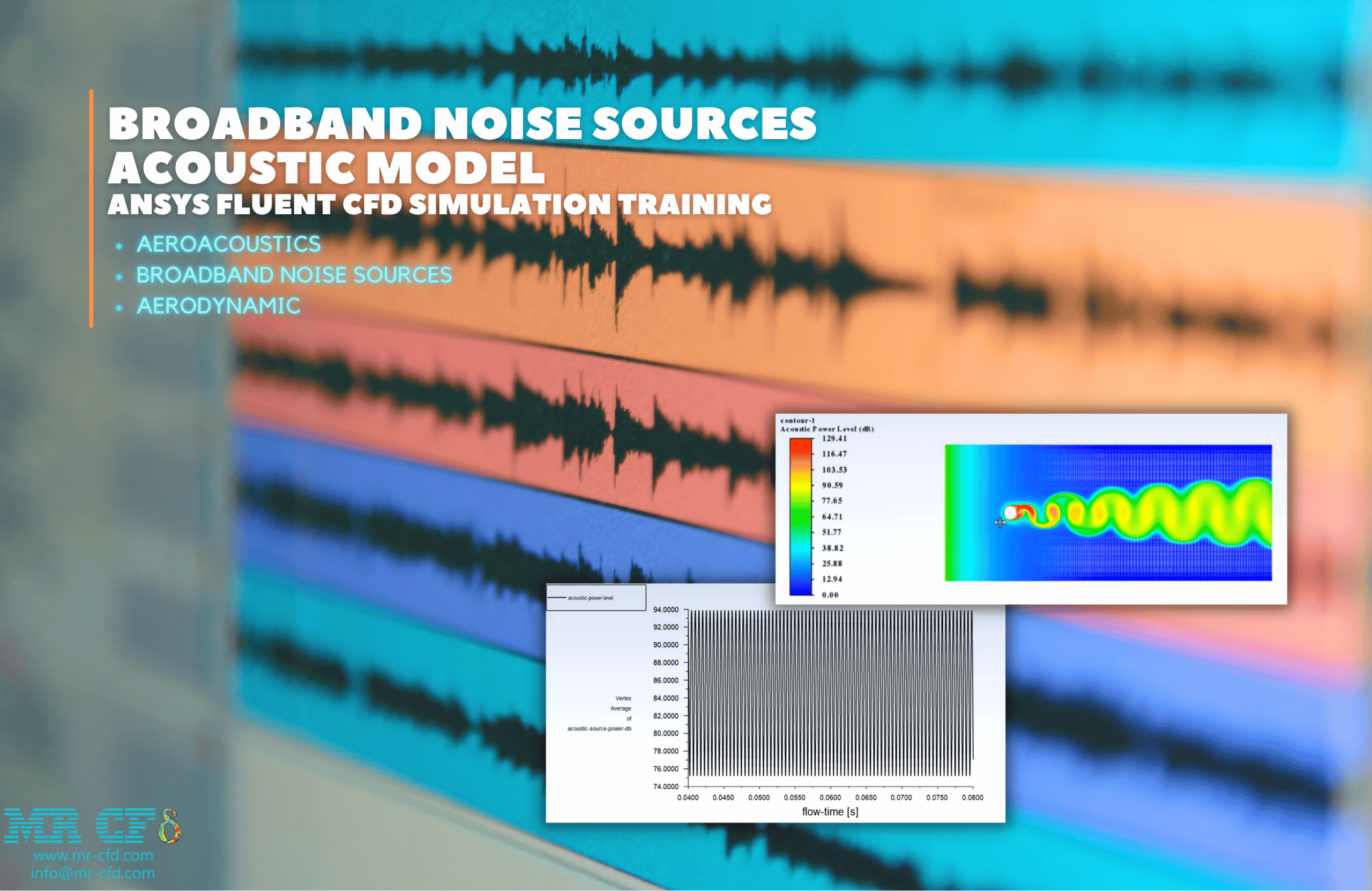
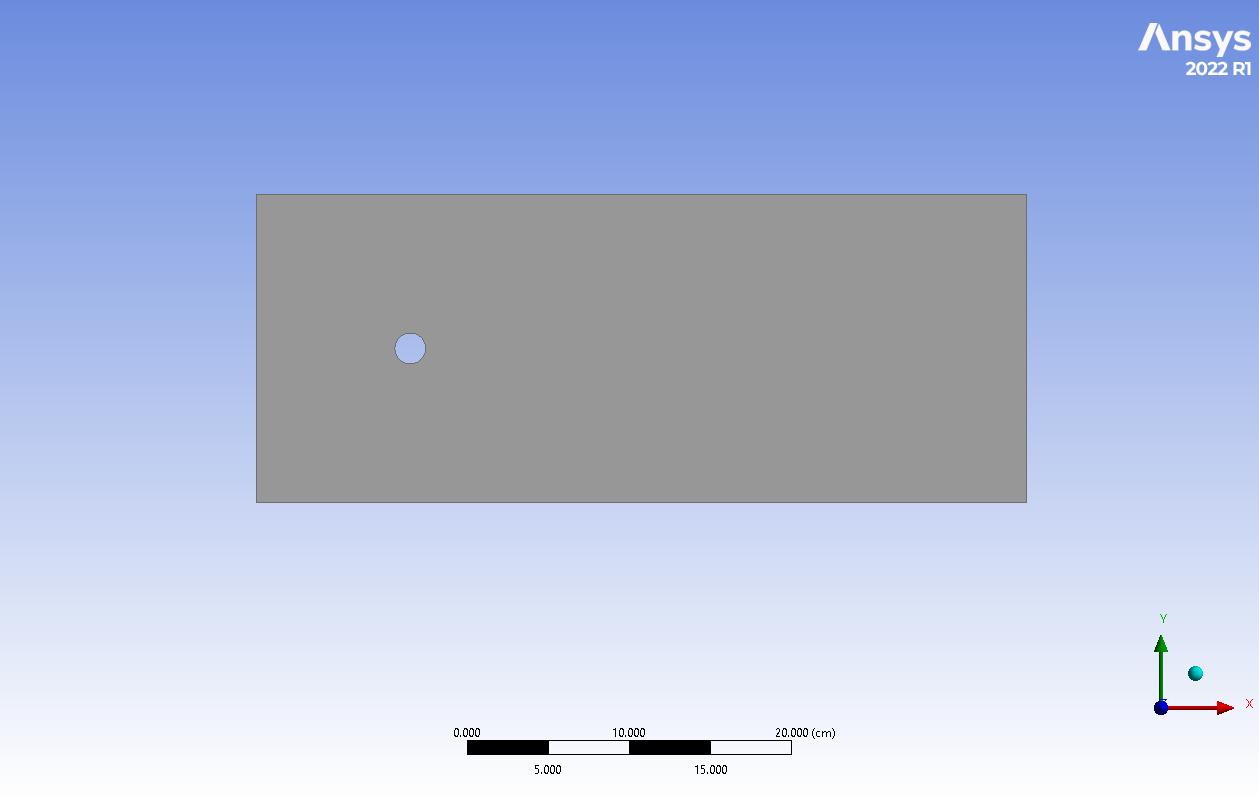
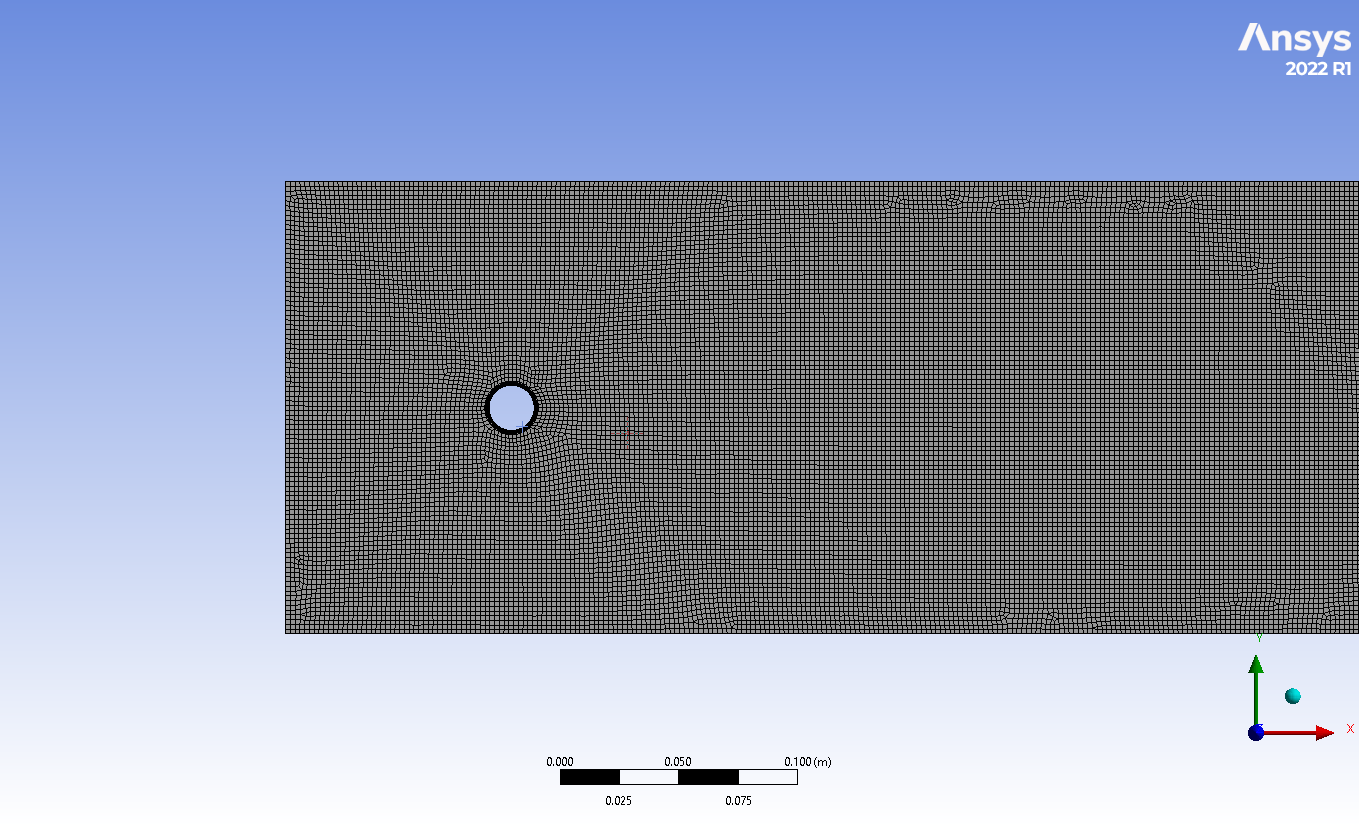


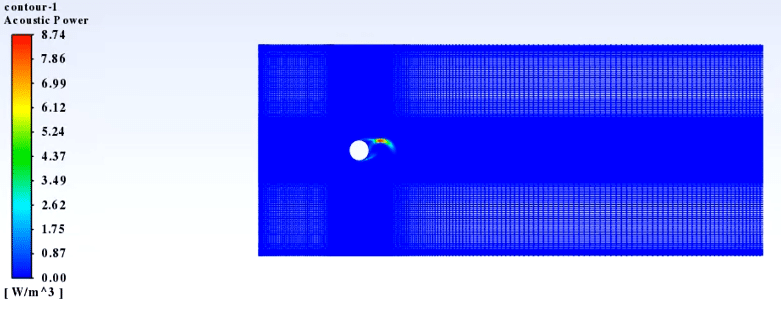

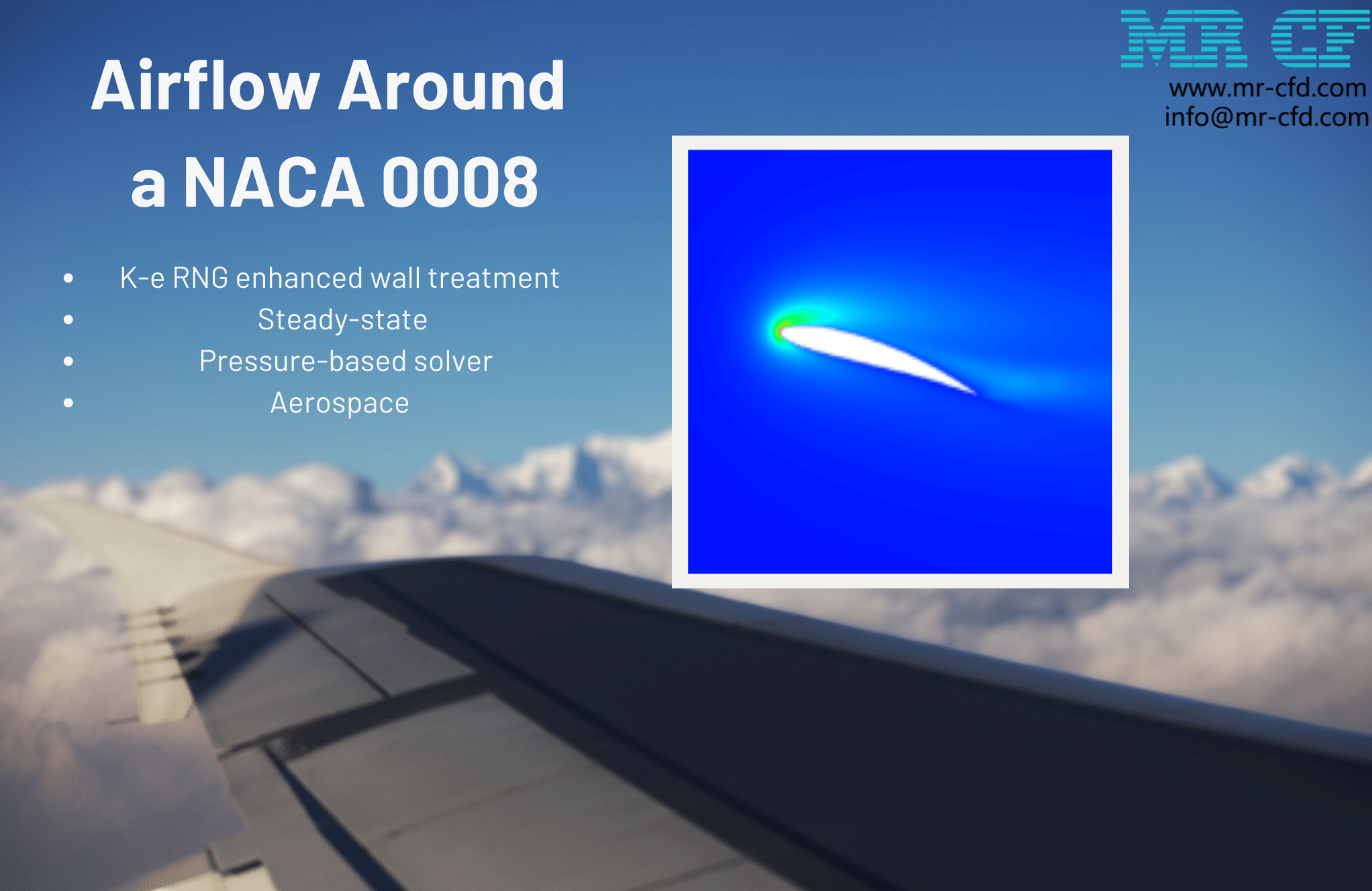


Reviews
There are no reviews yet.